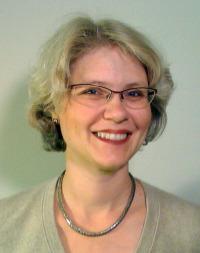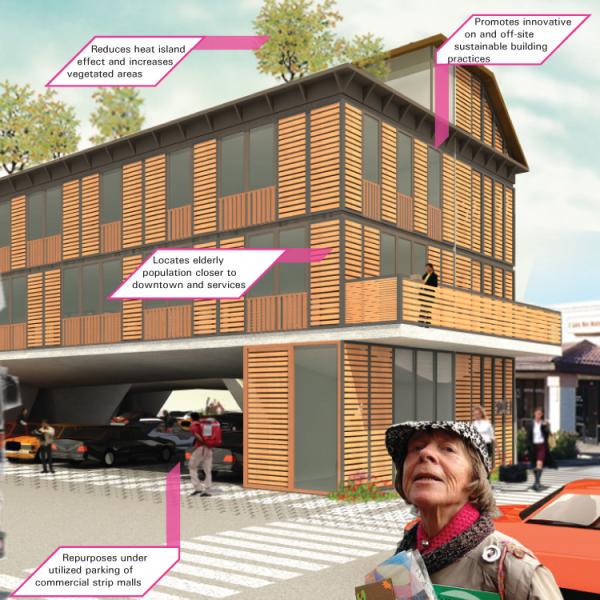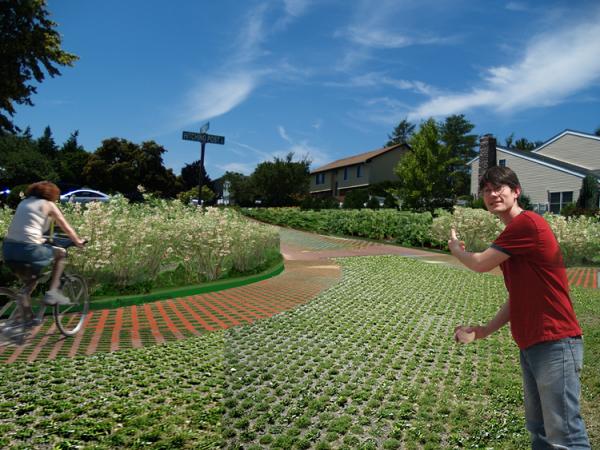
June Williamson, Associate Professor of Urban Design, serves as an advisor and jury coordinator for the Long Island Index' "Build a Better Burb" competition. Finalists include submissions from Spitzer School of Architecture Professors Julio Salcedo-Fernandez (center) and Denise Hoffman-Brandt.


Spitzer School’s June Williamson Organizes ‘Build A Better Burb’ Competition
With an aging infrastructure and an aging population, Long Island – America’s first suburb – is in need of a facelift. June Williamson, Associate Professor of Urban Design in theBernard and Anne Spitzer School of Architecture at The City College of New York (CCNY), is helping to generate fresh thinking about what can be done to rejuvenate the region’s commercial centers.
Professor Williamson is serving as advisor and jury coordinator for “Build a Better Burb,” a competition to promote ideas for retrofitting underutilized asphalt and creating new land uses and building forms for suburban downtowns in Nassau and Suffolk Counties. A co-author of “Retrofitting Suburbia: Urban Design Solutions for Redesigning Suburbs” (John Wiley & Sons, 2009), a widely acclaimed book on adaptive reuse of abandoned and outdated suburban properties; she is regarded as a leading authority on smart-growth strategies for suburbia.
“The role of urban design is to visualize alternative futures and help change the status quo,” said Professor Williamson. “By holding a competition, we can engage creative thinking focused around a particular set of opportunities or problems.”
In late June, the competition held its initial round of judging, with more than 200 entries culled down to 23 finalists. Among the finalists were proposals from two Spitzer School of Architecture faculty members, Associate Professors Denise Hoffman-Brandt and Julio Salcedo-Fernandez. The entrants’ identities were kept from the eight-member jury, which included Professor Williamson.
Over the summer, Build a Better Burb is inviting members of the public to view the finalists’ proposals on its website, www.buildabetterburb.org and vote on them. The winners, who will share in cash prizes totaling $22,500, will be announced in October.
Public involvement is one of the project’s key goals: a marketing campaign is currently underway to get people to participate and share their opinions, Professor Williamson noted. “It will be interesting to see how the public’s choices compare to the jury’s selections.”
She added that, if interest warranted, a publication or an exhibit could be in the offing. However, she said the ultimate goal is to see “part of the DNA of bold and visionary ideas” get incorporated into actual projects that get built.
The sponsor for Build a Better Burb is the Long Island Index, a project that has produced telling data about the region. The Index’ executive director, Ann Golob, had hoped the data would prompt Long Island’s policymakers to take action regarding the region’s future, but decision makers weren’t responding, Professor Williamson explained. “(Golub) thought a design competition with compelling visual images might move the conversation along and engage the public, especially younger residents who are often more open to change.”
The design challenge was to come up with new uses for approximately 8,000 acres of undeveloped land and surface parking lots within a half-mile of downtown centers and railroad stations. “These are areas that are already urbanized, so they provide opportunities for development in established centers without taking away open space,” Professor Williamson said.
Professor Hoffman-Brandt’s proposal, called “Building C-Burbia,” proposes carbon sequestration by creating new infrastructure with plantings along highways and railroads and in empty lots that are awaiting redevelopment. Professor Salcedo’s submission, which was entered through his practice and called “REpark,” examines layers of spatial networks across eastern Long Island with an expressive design for novel types of senior housing built over shopping mall parking lots.
Several other finalists focused on Hicksville, one of Long Island’s largest communities, which has several large parking lots and other underdeveloped properties near its railroad station, Professor Williamson noted. Among the ideas proposed there were increased public transportation connections, locating schools in downtown areas so parents could drop off their children on their way to work and in-fill development. The latter produces a more sustainable pattern that promotes walk-ability and bike-ability while reducing dependence on automobiles, she added.
Having studied suburban redevelopment around the country for her book, Professor Williamson notes that Long Island has much in common with other suburban areas. “We’re starting to see mixed use, zoning reform and land preservation as well as proposals for more locally grown produce and better use of the transportation infrastructure.”
However, she points out that housing shortages and high property taxes challenge Long Island’s future. “A key issue is the lack of housing options to serve both younger and aging populations. Long Island needs diverse, age-integrated communities with (housing) choices appropriate to all stages of life. Since Long Island has no room to grow, it has to confront these needs. If it wants to maintain strong communities, it needs to allow for some development.”
MEDIA CONTACT
Ellis Simon
p: 212.650.6460
e:
esimon@ccny.cuny.edu